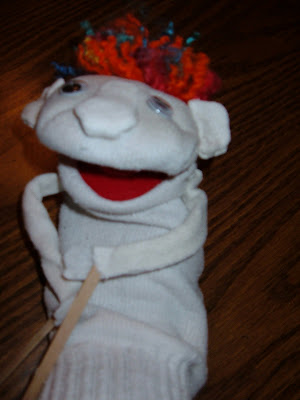
CHRISTIAN KEATING & DAVID TONNER
18.03.10
8pm onwards (performance 9pm)
THE FORGOTTEN BAR /
GALERIE IM REGIERUNGSVIERTEL
BOPPSTRASSE 5
10967 BERLIN
MONDAY THRU SUNDAY 8 PM TO 1 AM
GALERIE IM REGIERUNGSVIERTEL
BOPPSTRASSE 5
10967 BERLIN
MONDAY THRU SUNDAY 8 PM TO 1 AM



























